Apple wants to recycle light to improve the sharpness and energy-consumption of its displays

Did you know that when you turn on your phone's display or even a lamp, more light is produced than the amount you need or can even see. So Apple has filed an application for a patent that aims to reduce the production of extra light that isn't really needed. At the same time, this would reduce the amount of energy used since less light would need to be produced. The bottom line is the possibility that Apple will be able to use more efficient displays on its devices including the iPhone, the Apple Watch, and even Apple Glass. These displays would produce sharper images and could help increase the battery life on these products.
Apple has filed an application with the U.S Patent and Trademark Office (USPTO) called "Electronic Device Having Emissive Display With Light Recycling." An emissive display generates its own light like OLED panels do. The latter create their own backlight through the pixels used with OLED screens. LCD displays, by comparison, need a separate backlight. According to the patent application, a display panel that uses the light generated from pixels that feature a LED (such as an OLED screen) would include a layer that overlaps the pixels and recycles the extra light. This would be done through the use of reflective lenses would receive the image light from the display and provide it to an eye box.
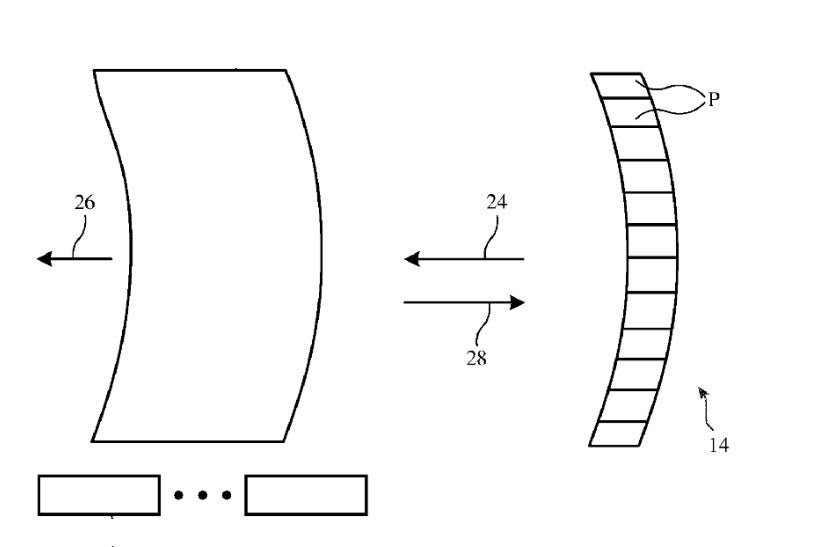
Apple seeks a patent for technology that will make a display more efficient and sharper while using less energy
While Apple notes that the design of conventional LEDs do nothing to maximize efficiency, the patent discusses how Apple will reflect the extra light created by a display and use it to improve the sharpness of the screen while at the same time consuming less energy. The patent application says that display panels using the technology that Apple hopes to patent will include "light-emitting diodes that each have a cavity that includes a reflective polarizer, cholesteric liquid crystal layer, or other light recycling layer in addition to a reflective anode and partially reflective cathode."
The patent application was filed on February 26th of this year and published today.




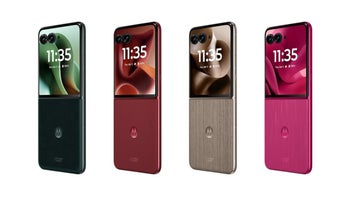
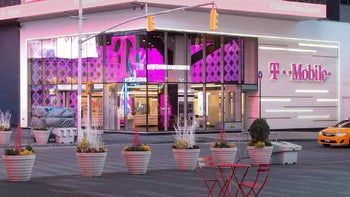

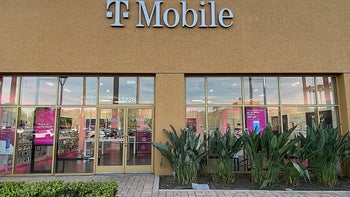

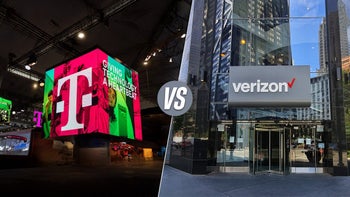
Things that are NOT allowed: